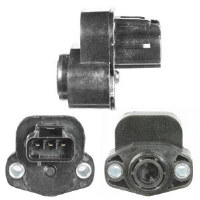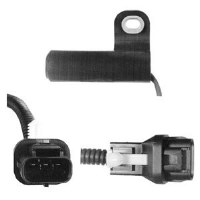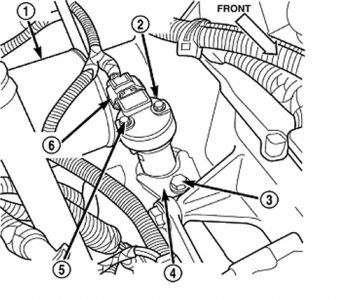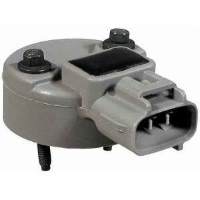Tuesday, December 9th, 2008 AT 3:14 PM
I have a 2001 JGC Laredo with 123000 miles. This past weekend the engine stalled (died!) While I was at a stop light. Was able to get it started after several attempts and drove 20 miles without issue. Later that night as I was driving home the engine died again while the car was traveling at 55mph-- I noticed that he car "hiccupped" slightly right before it died. Was unable to get it restarted and had it towed. The battery was fine and I had all lights, but the car would not turn over. The next day my mechanic called and told me that the Jeep started right up in the morning. My mechanic tested the fuel pump, fuel filter, etc. And did not find any problems. He also did a diagnostic check and did not get any error codes. He let the car idle for over an hour and there were not any problems. He drove the car around and stated that the car drove fine, no loss of power, no idling issues, no problems at all! I had the fuel filter replaced anyway, and a fuel additive was used in case there was water in the line/tank. The car drove home without issue. After being home for about 45 minutes I went out again to move the car. I took three tries before it started. I decided that I would let it run for a while, and after about 15 minutes the engine quit, but restarted on the first try. I let the car run a little longer and took it for drive, without issue. In the morning (very cold morning) the car started no problem, and I drove to work without issue. I left for lunch, car started, but then just died again -- and restarted after two attempts and drove fine. Has my mechanic overlooked something? Is there something that could be plugged/blocked/failing that would not show up as an error code on the diagnostic machine? Any help would be greatly appreciated. I travel alot for work and need a car that stays running!







